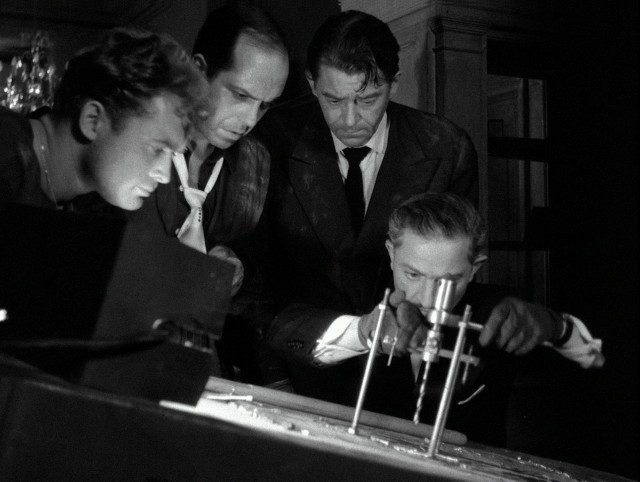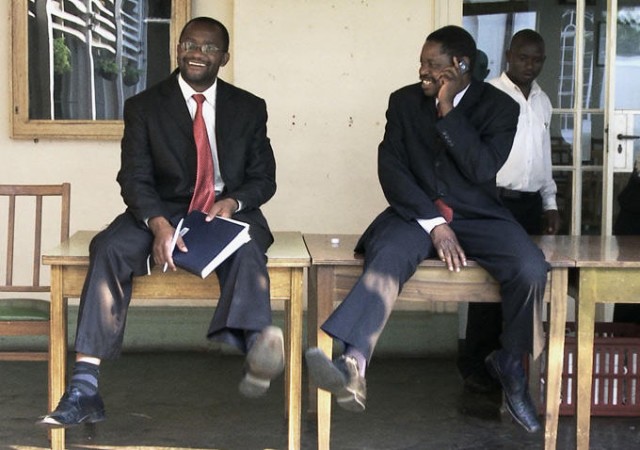
Douglas Mwonzora and Paul Mangwana try to find common ground when drafting Zimbabwe’s new constitution in DEMOCRATS (photo courtesy of Upfront Films)
DEMOCRATS (Camilla Nielsson, 2014)
Film Forum
209 West Houston St.
November 18 – December 2
212-727-8110
filmforum.org
 Perhaps the most frightening aspect of Danish filmmaker Camilla Nielsson’s gripping thriller of a documentary, Democrats, is how unsurprising all of the revelations are, how we all have become inured to the pervasive power of the dictatorships that control so much of the world. Following the controversial 2008 reelection of Zimbabwe president Robert Mugabe, who had been in power since 1980, when the country officially gained its independence from the British-led Rhodesia, Mugabe’s ruling party, ZANU-PF (Zimbabwe African National Union – Patriotic Front), and election runner-up Morgan Tsvangirai’s opposition party, MDC-T (Movement for Democratic Change), agreed to form an inclusive coalition government and collaborate on a new constitution, to be drafted by COPAC, a committee co-chaired by former minister of information Paul Mangwana of ZANU-PF and human rights lawyer and parliament member Douglas Mwonzora of MDC-T. On the advice of Danish journalist Peter Tygesen, Nielsson requested access to the intense negotiations, and what she was given was an amazing, exclusive behind-the-scenes look into the process. Over the course of twelve shoots of between one and three weeks from 2010 to 2013, Nielsson alternately follows Mangwana and Mwonzora as they take their case to the people of Zimbabwe, traveling to rural communities and cities as their teams organize nearly six thousand town-hall-style meetings. Mangwana is a big, jolly fellow who believes Mugabe and his government are untouchable, that they will do anything and everything they can to maintain their leadership status. “Be seen as a man of peace. Even if you are not,” he brazenly says to the camera, adding, “The game of politics is pretending.” Meanwhile, Mwonzora, a much more deliberate man, explains, “We never imagined that a black man could suppress his own people.” As he makes his way across Zimbabwe, Mwonzora supports fighting back using pen and brains, not violence, imploring people to “tell us how much power we should have.” Amid claims of illegal busing and harassment by military veterans and the secret police on behalf of Mugabe, the entire constitution-making process is on the verge of falling apart, but the absurdity reaches a whole new level when the safety and freedom of Mangwana and Mwonzora are threatened.
Perhaps the most frightening aspect of Danish filmmaker Camilla Nielsson’s gripping thriller of a documentary, Democrats, is how unsurprising all of the revelations are, how we all have become inured to the pervasive power of the dictatorships that control so much of the world. Following the controversial 2008 reelection of Zimbabwe president Robert Mugabe, who had been in power since 1980, when the country officially gained its independence from the British-led Rhodesia, Mugabe’s ruling party, ZANU-PF (Zimbabwe African National Union – Patriotic Front), and election runner-up Morgan Tsvangirai’s opposition party, MDC-T (Movement for Democratic Change), agreed to form an inclusive coalition government and collaborate on a new constitution, to be drafted by COPAC, a committee co-chaired by former minister of information Paul Mangwana of ZANU-PF and human rights lawyer and parliament member Douglas Mwonzora of MDC-T. On the advice of Danish journalist Peter Tygesen, Nielsson requested access to the intense negotiations, and what she was given was an amazing, exclusive behind-the-scenes look into the process. Over the course of twelve shoots of between one and three weeks from 2010 to 2013, Nielsson alternately follows Mangwana and Mwonzora as they take their case to the people of Zimbabwe, traveling to rural communities and cities as their teams organize nearly six thousand town-hall-style meetings. Mangwana is a big, jolly fellow who believes Mugabe and his government are untouchable, that they will do anything and everything they can to maintain their leadership status. “Be seen as a man of peace. Even if you are not,” he brazenly says to the camera, adding, “The game of politics is pretending.” Meanwhile, Mwonzora, a much more deliberate man, explains, “We never imagined that a black man could suppress his own people.” As he makes his way across Zimbabwe, Mwonzora supports fighting back using pen and brains, not violence, imploring people to “tell us how much power we should have.” Amid claims of illegal busing and harassment by military veterans and the secret police on behalf of Mugabe, the entire constitution-making process is on the verge of falling apart, but the absurdity reaches a whole new level when the safety and freedom of Mangwana and Mwonzora are threatened.
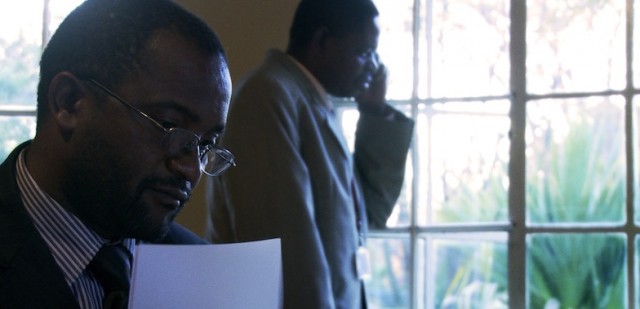
Mangwana and Mwonzora find their own personal safety and freedom threatened in DEMOCRATS (photo courtesy of Upfront Films)
Nielsson (Good Morning Afghanistan, The Children of Darfur) and editor Jeppe Bødskov tell the eye-opening story like a fictional police procedural, with scenes beautifully shot by cinematographer Henrik Bohn Ipsen, underscored by composer Kristian Eidnes Andersen’s subtle score that keeps the tension mounting. Of course, Democrats is not a fictional police procedural but the very real tale of a young nation’s desperate attempt to end the suffocating rule of a military dictatorship determined to keep all of its power, despite its lip service in support of a new constitution. “Democracies in Africa . . . It’s a difficult proposition. Because always the opposition will want much more than what it deserves,” Mugabe is shown saying at the beginning of the film. But as Ernest Nyamukachi, Mwonzora’s personal assistant, says, “Everywhere you are you are afraid.” (Most of the dialogue is in English, with occasional forays into various Zimbabwe languages, sometimes within the same sentence.) In her director’s statement, Nielsson notes, “We in the West sometimes have a hard time understanding why it is so difficult to create a viable democracy in other parts of the world. The democratic values we ourselves accept in a democracy as a matter of course . . . are not taken for granted everywhere on the globe. Democrats is a sort of a primer, a form of basic research, into how difficult it is to create democracy.” What is happening in Zimbabwe might be extremely hard to swallow, but it makes for one hell of an important film. Named Best Documentary Feature at the 2015 Tribeca Film Festival, Democrats begins a two-week run at Film Forum on November 18, with Nielsson in person at the 7:10 show opening night.
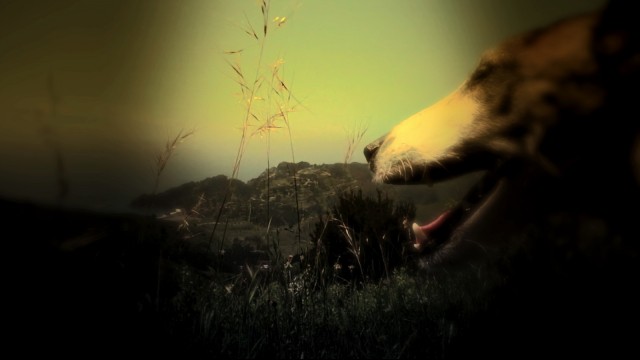
 Multimedia artist
Multimedia artist 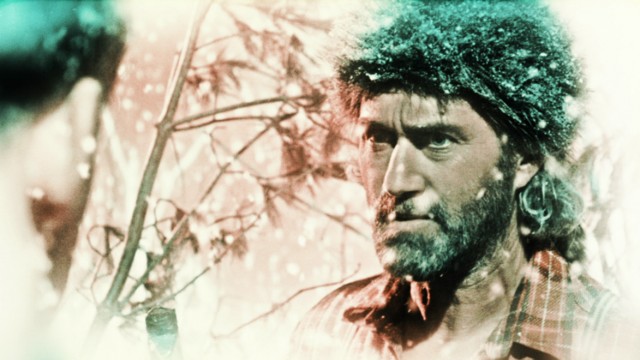
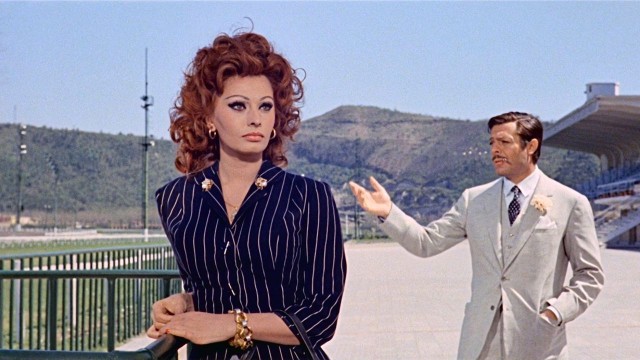
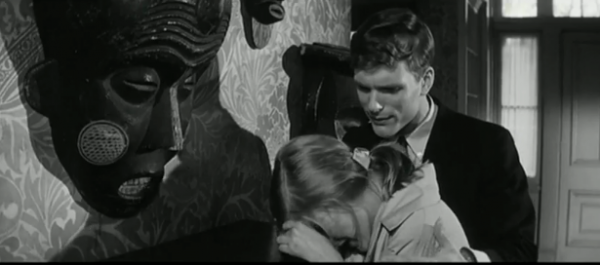
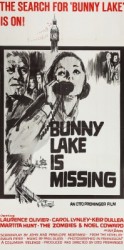
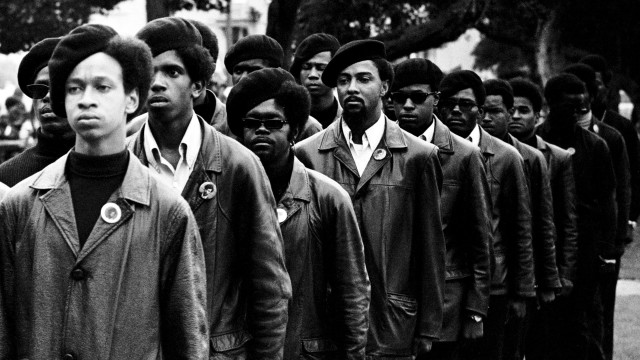
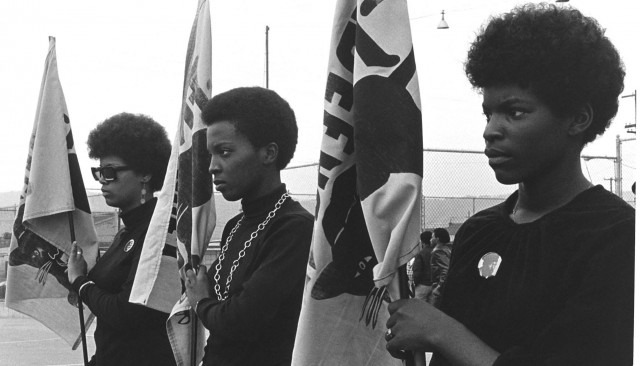
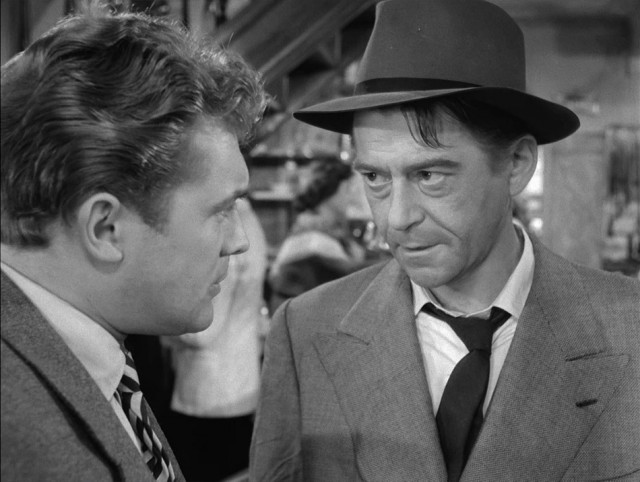
 After being blacklisted in Hollywood, American auteur Jules Dassin (The Naked City, Brute Force) headed to France, where he was hired to adapt Du Rififi Chez Les Hommes, a crime novel by Auguste le Breton that he made significant changes to, resulting in one of the all-time-great heist films. After spending five years in prison (perhaps not uncoincidentally, Dassin had not made a film in five years after Edward Dmytryk and Frank Tuttle declared him a communist to the House Un-American Activities Committee), Tony le Stephanois (Jean Servais) gets out and hooks up again with his old protégé, Jo le Suédois (Carl Möhner), who has settled down with his wife (Janine Darcy) and child (Dominique Maurin) for what was supposed to be a life of domestic tranquility. Joined by Mario Farrati (Robert Manuel), a fun-loving bon vivant with a very sexy girlfriend (Claude Sylvain), and cool and calm safecracker César le Milanais (Dassin, using the pseudonym Perlo Vita), the crew plans a heist of a small Mappin & Webb jewelry store on the Rue de Rivoli. Not content with a quick score, Tony lays the groundwork for a major take, but greed, lust, jealousy, and revenge get in the way in Dassin’s masterful film noir. The complex plan gets even more complicated as César falls for Viviane (Magali Noël), a singer who works at the L’Âge d’Or nightclub, which is owned by Pierre Grutter (Marcel Lupovici), who has taken up with Tony’s former squeeze, Mado (Marie Sabouret), and is trying to save his brother, Louis Grutter (Pierre Grasset), from a serious drug habit. (The club is named for Luis Buñuel’s 1930 film, which featured the same production designer as Rififi, Alexandre Trauner.)
After being blacklisted in Hollywood, American auteur Jules Dassin (The Naked City, Brute Force) headed to France, where he was hired to adapt Du Rififi Chez Les Hommes, a crime novel by Auguste le Breton that he made significant changes to, resulting in one of the all-time-great heist films. After spending five years in prison (perhaps not uncoincidentally, Dassin had not made a film in five years after Edward Dmytryk and Frank Tuttle declared him a communist to the House Un-American Activities Committee), Tony le Stephanois (Jean Servais) gets out and hooks up again with his old protégé, Jo le Suédois (Carl Möhner), who has settled down with his wife (Janine Darcy) and child (Dominique Maurin) for what was supposed to be a life of domestic tranquility. Joined by Mario Farrati (Robert Manuel), a fun-loving bon vivant with a very sexy girlfriend (Claude Sylvain), and cool and calm safecracker César le Milanais (Dassin, using the pseudonym Perlo Vita), the crew plans a heist of a small Mappin & Webb jewelry store on the Rue de Rivoli. Not content with a quick score, Tony lays the groundwork for a major take, but greed, lust, jealousy, and revenge get in the way in Dassin’s masterful film noir. The complex plan gets even more complicated as César falls for Viviane (Magali Noël), a singer who works at the L’Âge d’Or nightclub, which is owned by Pierre Grutter (Marcel Lupovici), who has taken up with Tony’s former squeeze, Mado (Marie Sabouret), and is trying to save his brother, Louis Grutter (Pierre Grasset), from a serious drug habit. (The club is named for Luis Buñuel’s 1930 film, which featured the same production designer as Rififi, Alexandre Trauner.)